We are standing at a bus stop in Sai Kung, a town with relaxing ambiance in the New Territories, anything but similar with the busy downtown of Hong Kong Island. It is a Wednesday morning in January with clear blue skies, a nice break from the usually grim Hong Kong winter days. While James is looking carefully at the bus schedule information board nearby, one minibus is waiting near the bus stop, already full with passengers. We continue standing there, talking about the town while waiting for our minibus to arrive.
A few seconds later James takes a better look at that minibus then walks slowly towards it with me following behind. Apparently that is the minibus we should take, and it is ready to leave very soon. “Are there still seats for two people?” James inquires. He then signals me to go inside – I assume the driver said yes. I get on the minibus first and find only one empty seat, then I turn my back and see the driver handing James a wall calendar, making a gesture signaling him to use it to sit on the floor. As soon as James is seated the driver takes no more time waiting and leaves right away towards the Sai Kung Country Park, another side of Hong Kong not many people are aware of.
Roughly half an hour later we arrive at a dead end after winding through the scenic uphill road leading to the start of the hiking trail to Sai Wan, one of four beaches that make up Tai Long Wan – Big Wave Bay. The first thing we do as soon as we get off the minibus is heading towards an information board with a map, examining the area closely one more time before walking down the trail. Not only we get a clearer picture of our location, but we are also confronted by an incovenient fact: local residents at the village of Sai Wan have been blocking the path to Sai Wan beach since November 2013 in protest of the government’s plan to incorporate their village into the country park – a plan endorsed by conservationists but berated by the villagers.
“I didn’t know they were still doing it,” James expresses his concern. “There was an annual international running race held last November. The villagers blocked the path on the day the race started without informing the organizer. The first runners, unaware of this, had to turn back when they found out the path leading to the village was blocked,” he adds.
Then the minibus driver, at this time resting before going back to the town, tells James and a few other hikers that we can still take the path, as long as we don’t bring too many people. Too late for most hikers who took the same minibus with us as they have left and taken another route. Taking heed of what the driver said, James and I, two French women, and a handful of local hikers decide to walk down the path, unaware of what kind of blockade we will encounter.
Walking down the concrete path – a material Hong Kong is very fond of – we see the High Island Reservoir to our right, built in the 1970s to overcome the severe water shortage in Hong Kong, now it stretches as far as the eyes can see. “There was a time when water flowed only four hours every day,” James recalls the story told by his parents.
The sweeping view of the reservoir is soon replaced by quiet mangrove forests as we are getting closer to the village. Then, we find the blockade, a small fence set up by disgruntled villagers, locked and left unguarded. After a short deliberation we make a decision to climb over it, slightly worrying if we would break down the weak fence and get caught by an angry villager.
The village itself is eeriely quiet, no single person we see, only one very friendly cat and a few dogs lazying around. I also notice some empty chillers and closed small restaurants; while waiting for any outcome of their protest, businesses here are practically shut down on weekdays, leaving me wondering if the money they get is enough to make ends meet. It is a tough situation where on one side the conservationists want the village to be included into the country park, ensuring a holistic protection of the environment for a longer-term benefit – without beautiful and pristine beaches tourism would not thrive in the future; but on the other side the villagers blame the government for not being fair as they are not allowed to develop their own village as the regulation strictly dictates any single development within the country park.
We walk past the village to get to the first of four beaches of Tai Long Wan, Sai Wan. A beautiful stretch of white sand beach, speckled with unique rock formations, Sai Wan itself makes enough reason to do the hiking and visit this part of Hong Kong. However, as James assured me earlier, the more we go north the better the beaches get.
We take a shortcut and climb a steep hill to continue the hike to the next beach, hidden behind a lush headland. Not long after the start of the hike, Ham Tin Wan – the second beach – emerges from afar, with Sharp Peak overlooking at the background. Two white tents sit in the middle of the empty beach, in front of a small lake – more like a big puddle – over which a dubious plank bridge connects the beach with another village through a small restaurant.
More than two years ago James went to the restaurant, trying what he claims was the best sweet and sour fish he has ever tried in Hong Kong. But the restaurant is still closed as lunchtime won’t start until another hour or so, tempting us to go even further to the third beach. The village’s concrete path soon turns into a trail of dirt with exposed roots and a chain of loose ropes to help us scale the hill. At the other end, the highlight of this long stretch of coastline is waiting.
Tai Wan, as the name implies, is the biggest of all four beaches that make up Tai Long Wan. An impressive beach with very fine sand, a rugged landscape and picturesque vista that would make many people mistake this place for a secluded beach in eastern Indonesia or any other exotic part of the world – definitely not an image most people think of Hong Kong. However secluded the beach is, the cold winter air hampers us from jumping into the water, sparing it for a warmer time, next time.
We go back to Ham Tin Wan, leaving Tung Wan unexplored at the far end of Tai Long Wan. With even hungrier stomachs we head back to the same restaurant, eager to taste its sweet and sour fish along with other dishes. An old man, with most of his teeth missing, greets us while unloading groceries from a small tractor-like vehicle which seems to be self-assembled. “You are lucky, the big chef is here today,” he happily informs us. His jovial nature speaks for happiness of living in this part of Hong Kong, far from the bustling city center. Despite not understanding any single word he says – James does the translation afterwards – his hand gestures show a great spirit of life and contentment, a rare thing in a busy city like Hong Kong where many people’s lives are dictated by the constantly ticking clock and the daily rush.
Later I find out that he used to live in the city before moving to this remote part of Hong Kong. After being involved in the construction work of the reservoir, he decided to live in Tai Long Wan, far from pollution and closer to nature.
We order Singapore noodles, as the man suggested earlier. The noodles, alongside sweet and sour fish, fried squid and rice, were surprisingly tasty and filling, something I would never expect to have in such an unassuming restaurant. I secretly wish to have another portion of the noodles, however as we still have to hike back to catch our bus before dark we need to leave the idyllic Ham Tin Wan soon. Spending no more time lazying around we head to a path different from where we came, this time winding around the slopes of Sharp Peak.
Before arriving at the village of Chek Keng, a small cove with clear blue water, dotted with small verdant islands between headlands, steals our attention. We walk down the exposed rocky bed, finding lonesome young mangroves seemingly out of place among the otherwise barren land. “The last time I went home from Tai Long Wan through this path was almost sunset, so we had to rush and I was completely unaware of this,” James recalls. “It’s so beautiful.”
The tide slowly rises, reminding us to continue our walk. A few minutes later we reach the village, seemingly abandoned by most of its residents, leaving traces of life in a somber setting. We peeked into some empty houses, slowly overgrown by nature. “It’s so eerie,” James describes. “It seems like people just left,” he adds as we both see cups, bowls and other utensils still placed on a dining table. In another house an unused roll of toilet paper is tucked among household appliances. The village does look like it was hastily abandoned by its own residents, probably with the intention of seeking a better life out there.
Here in Sai Kung residents seem to have mixed feelings about the land where they live. Some are satisfied with life in this piece of paradise, some are living with angst and resentment for their uncertain future, but some simply opted to leave their homes altogether… forever. No one knows for sure what the future holds for them, but avid hikers and beach lovers will keep coming to Tai Long Wan, sustaining local people’s businesses, one day at a time.
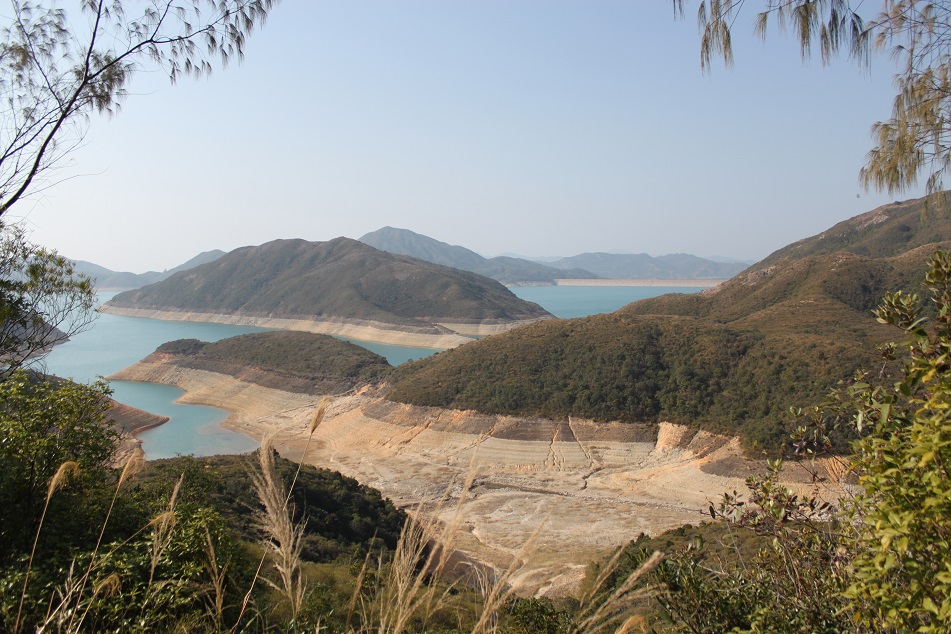


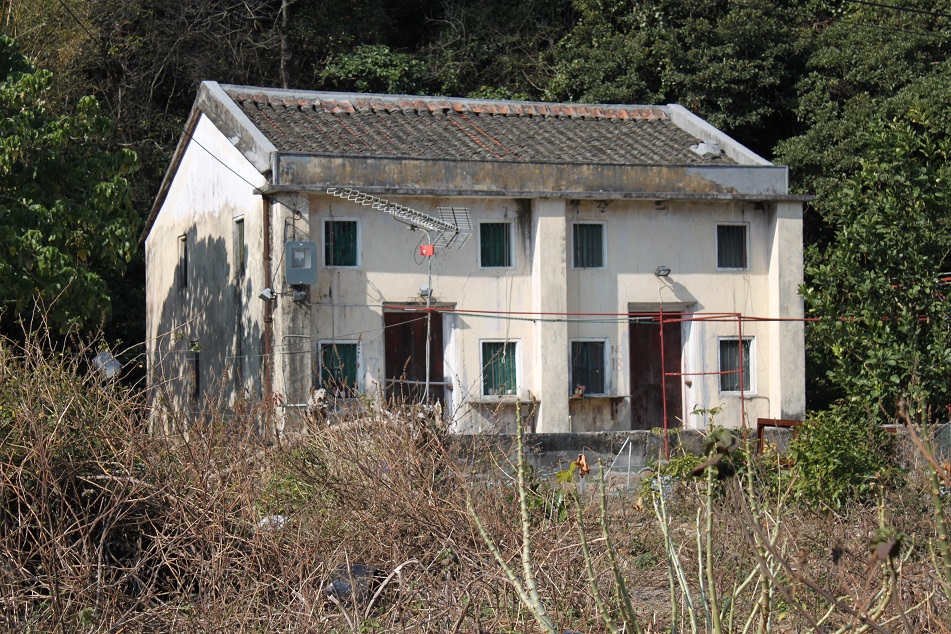
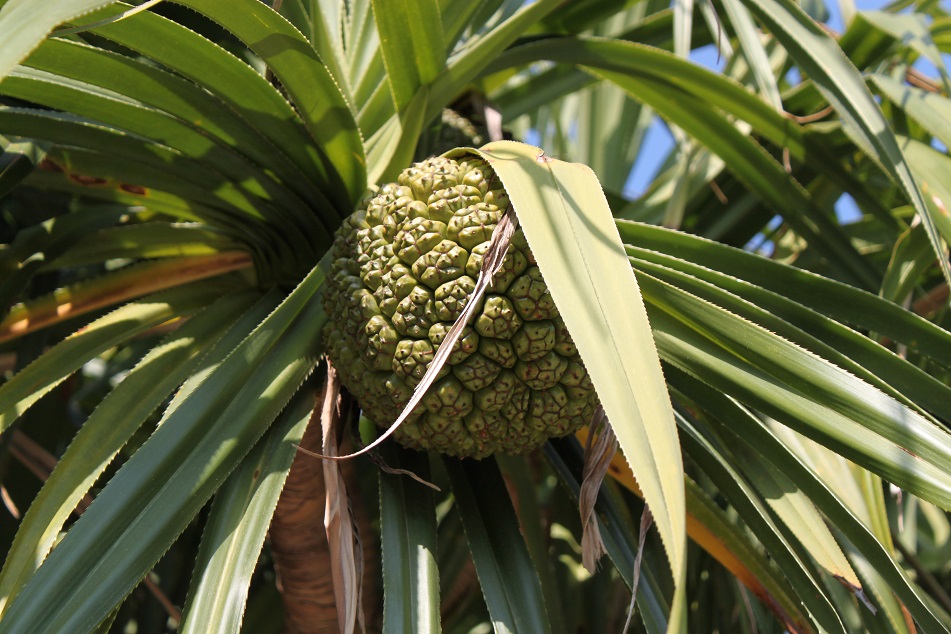
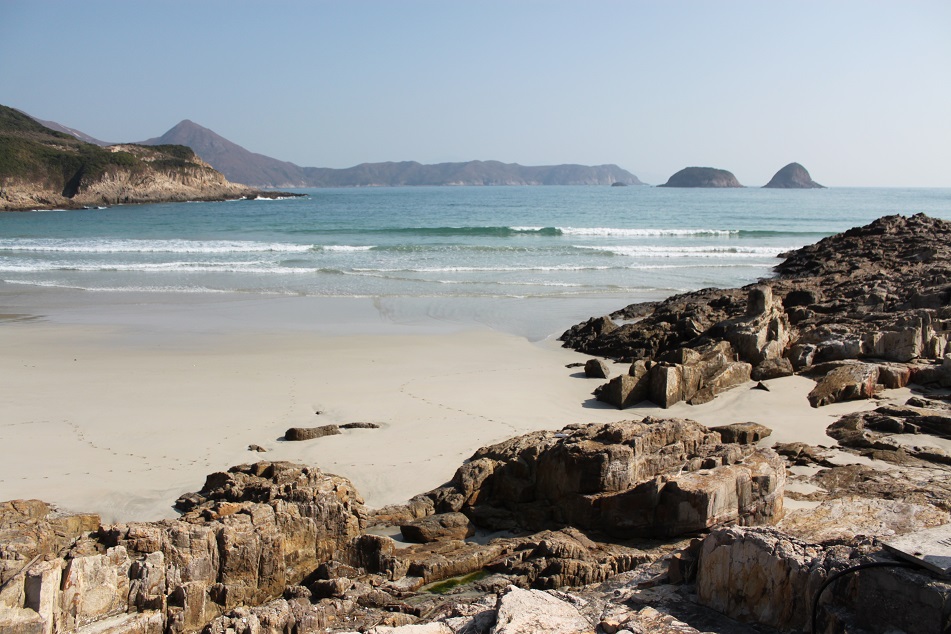
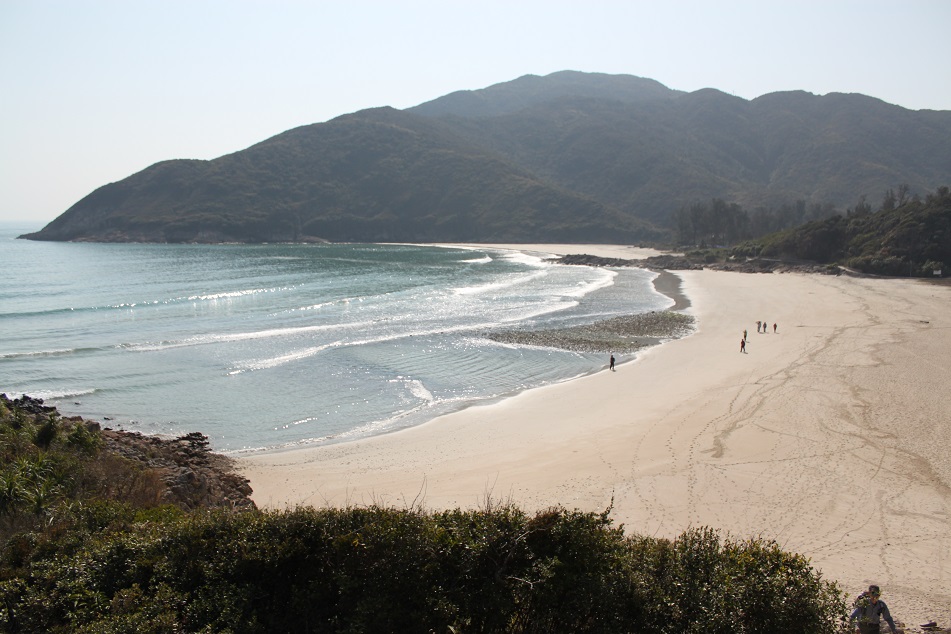
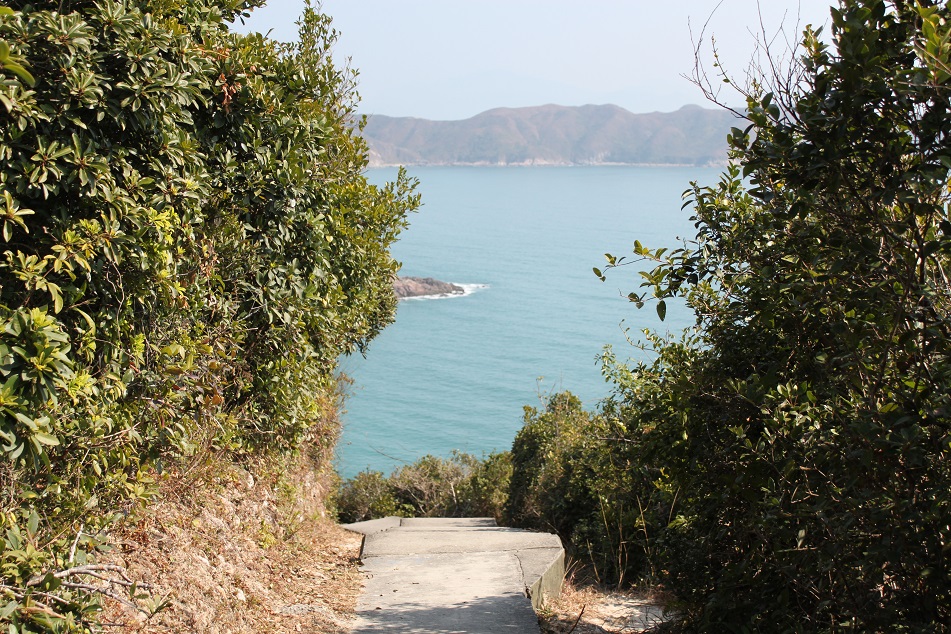

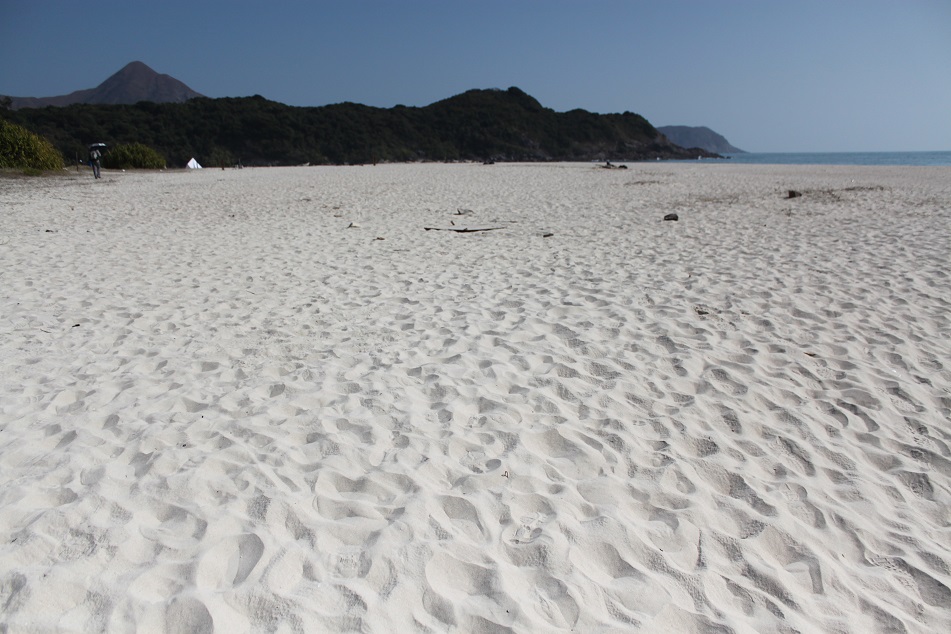




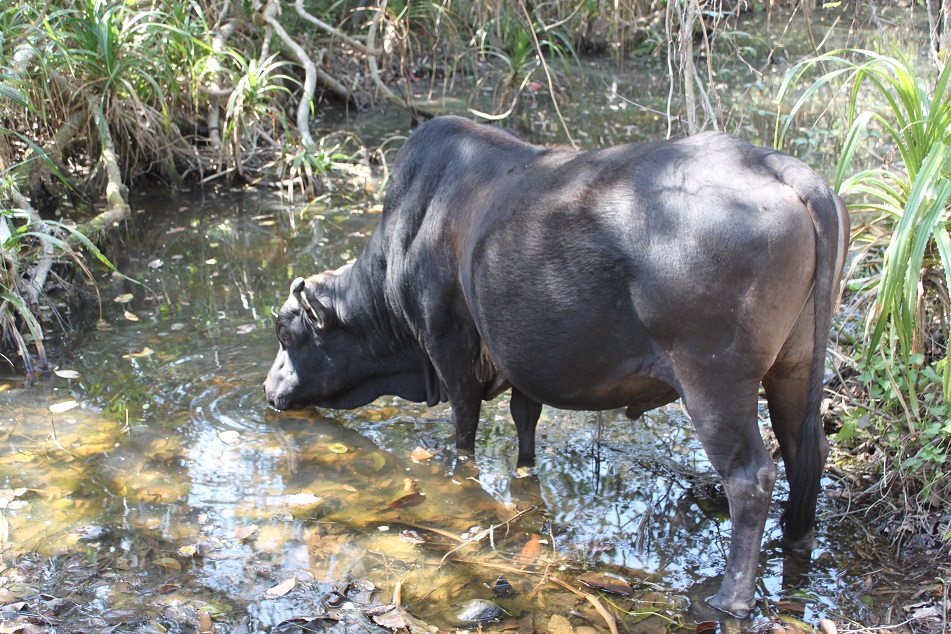
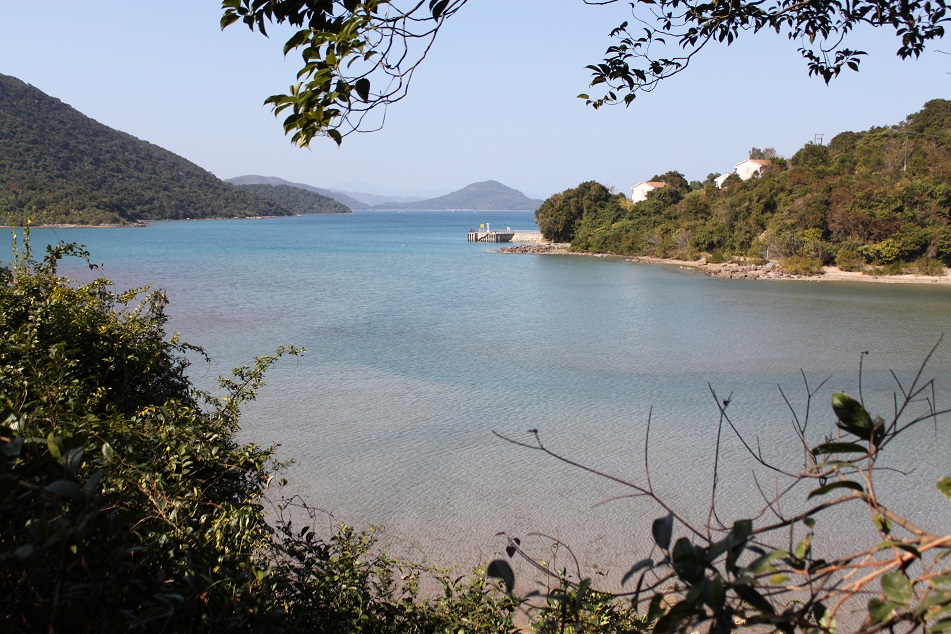
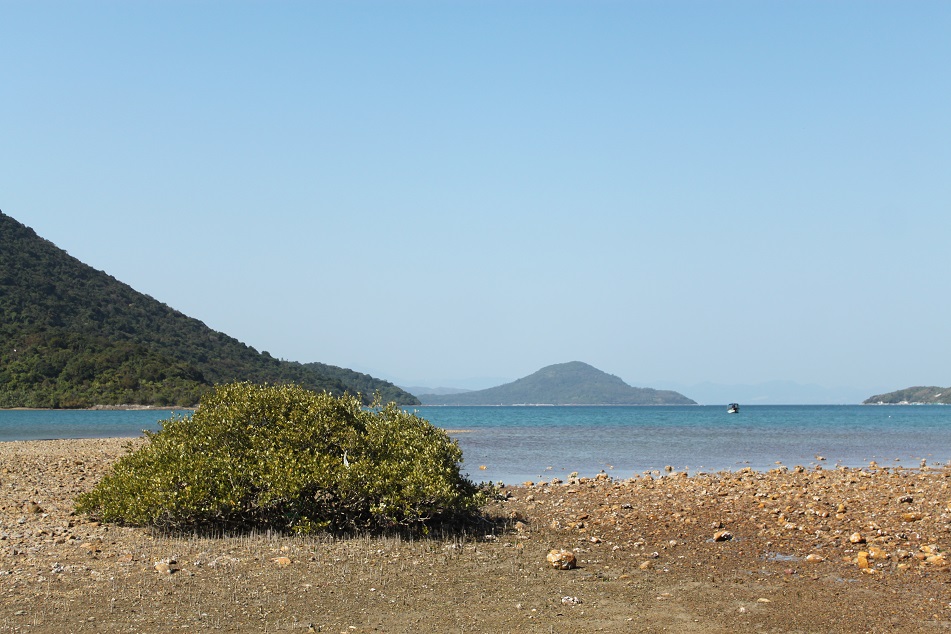
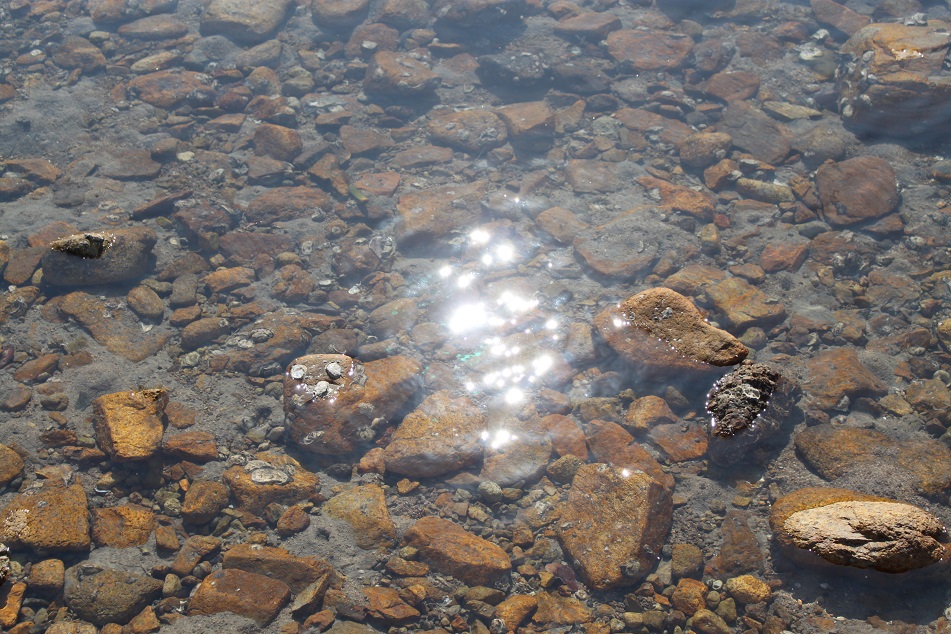

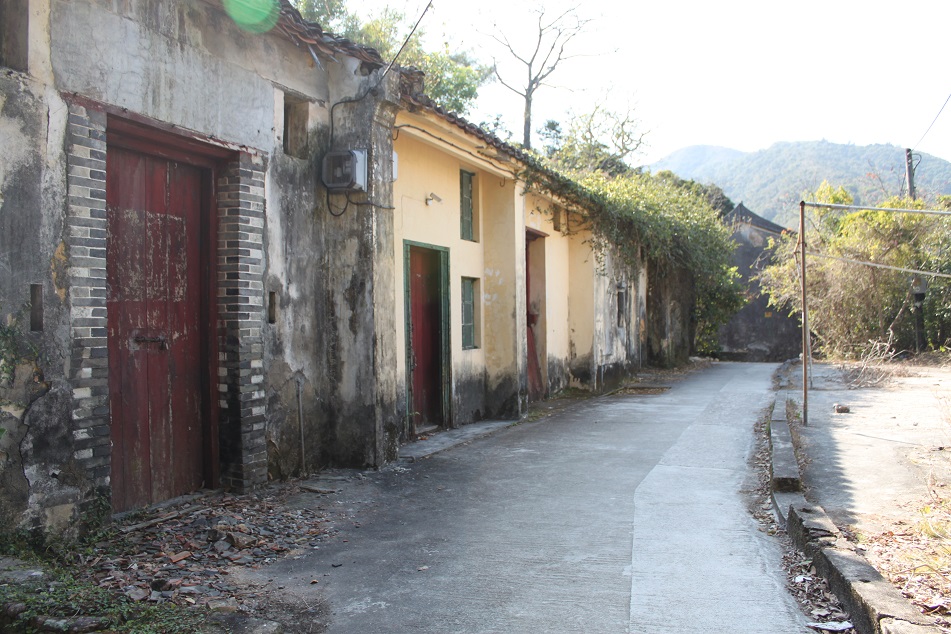
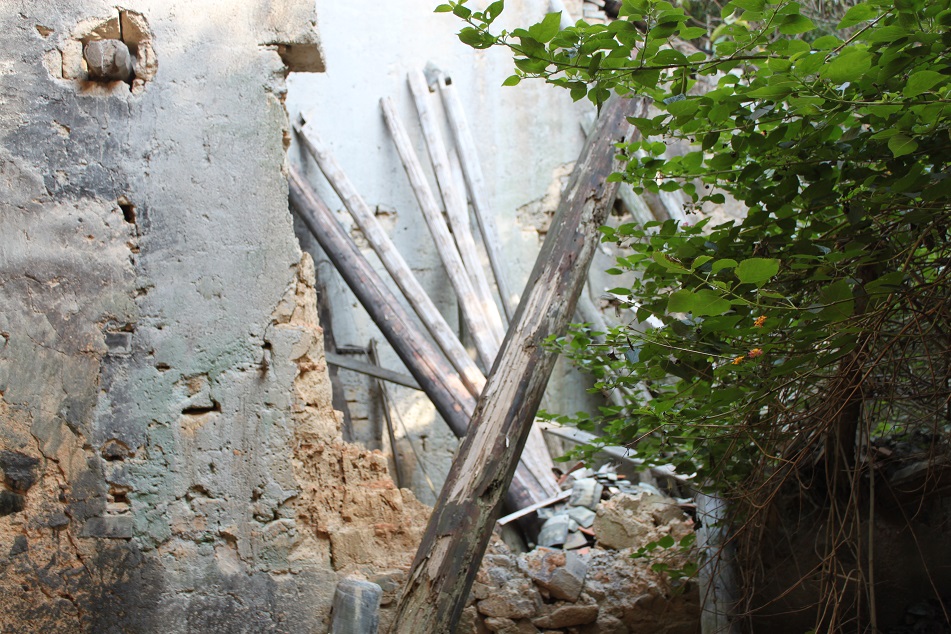
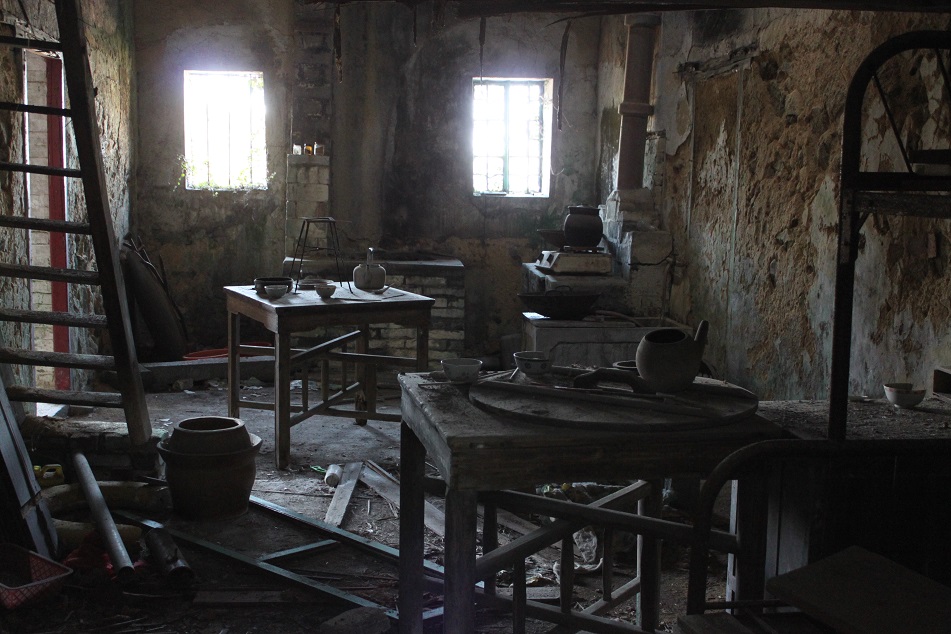


Gorgeous photos and write-up, Bama! I went back to Tai Long Wan about a week ago and the weather was nowhere near as beautiful as when you came. The cat was still there in Sai Wan village but he was less friendly this time… he could tell you were a cat person!
LikeLike
Thanks James! I guess we were really lucky when we went there. When I posted the photos of Tai Wan on Facebook no one guessed it was in Hong Kong. It’s truly one of HK’s best-kept secrets, indeed. The cat was so friendly that he approached me first, and as a cat person I instinctively carried him. 🙂
LikeLiked by 1 person
It looks beautiful ! I definitely have to go there to take some pics ! Wahou
LikeLiked by 1 person
Les plages en Tai Long Wan sont vraiment belles. The next time you’re in Hong Kong make sure to visit this part of the territory.
LikeLike
Foto-fotonyaaa indah banget! Tai Wan itu lekuk pantainya bener-bener mirip baanget sama Rantung, Sumbawa. Sementara Sai Wan mengingatkan saya pada pantai-pantai di kawasan Tanjung Aan, Kuta, Lombok. Pantainya juga landai… Betul-betul surga dunia 🙂
LikeLike
Makasih Ika! Saya belum pernah ke Sumbawa, tapi dari hasil googling I can see kenapa Tai Wan mirip Rantung. Tahun kemarin saya ke Tanjung Aan, dan iya sih kalau diperhatikan memang ada bagian-bagian dari Sai Wan yang bisa mengingatkan ke pantai-pantai di selatan Lombok.
LikeLike
sooo beautiful. like Tai Wan d most.
LikeLiked by 1 person
Yet most people missed this place altogether during their visit to HK.
LikeLike
I’m lucky. I didn’t miss it. I visited Tai Wan just now. 😀
and that abandoned house looks like a horror movie setting…
LikeLike
That’s great!!! Did you try the food? How was the weather?
LikeLike
OMG. how stupid I was. forgot to add *I visited Tai Wan jut now by stopping in your blog* 😀
LikeLike
Aah, okay then. Hopefully you’ll make it there for real one day. 🙂
LikeLike
I wish. thank u. 🙂
LikeLike
Beautiful 😀
LikeLike
Truly worth a visit! 🙂
LikeLike
I have never wanted to travel to Hong Kong-this changed my mind. Stunning.
LikeLike
I don’t blame you because all the images of HK most people see are mainly on the skyscrapers, Disneyland and the shopping centers. The territory has a lot to offer for those who love outdoor adventures.
LikeLike
Wonderful photos Bama! You captured the essence of one of Hong Kong’s treasures. I almost moved out there when I first arrived in HK in the mid-90s. I was stunned by the beauty and how “anti-HK” it was…only many years later did I come to understand that it was not “anti-HK” but rather just another beautiful page of Hong Kong history, its people and culture. Well done!
LikeLike
Thanks Randall! Imagine how it would have been if you decided to live there, like that old man. It is true what you said about how Sai Kung is another beautiful page of Hong Kong history, the territory truly has so much to offer. I recently went to HK for two weeks and learned about its long and intriguing history. Such a unique place, indeed.
LikeLike
Wow! I could almost imagine being there ! How lucky ro find a small lunch place in the middle of wilderness. Reallly great write up thank you Trees
LikeLike
That Singapore noodles were surprisingly delicious, and they used fresh lemon for the sweet and sour fish which really brought up all the flavors. I would’ve never thought to find such a nice restaurant so far away from everything. Thank you Trees!
LikeLike
Wow, really great photography! Hard to imagine that this is close to Hong Kong…whenever I make to HK I have to make sure to also visit this place. The first image is of stunning beauty. But also the abandoned house where nature slowly takes over are great and interesting.
LikeLike
Thank you, Emiel! I was completely unaware of this part of Hong Kong when I first visited the territory two years ago. I’m glad now I have a best friend who lives there and showed me around the very best of Hong Kong, including Sai Kung, when I went for the second time earlier this year.
LikeLike
Thank you so much for sharing these beautiful images and info on the unseen part of HK, Bama 🙂
I couldn’t guess where it is from seeing the cover image of the post, but I was really surprised to know that as I read through.
You have given an overview of the landscape, village life and the culture of this gem of a place…
Have a nice day 🙂
LikeLike
My pleasure, Sreejith. I guess Sai Kung is a reminder for us all that when we travel there are always more than meets the eyes. Have a nice day too! 🙂
LikeLike
What an incredibly beautiful and peaceful looking place. I would love to visit and hike through this area! Many of the weekly hikes we join here in Oaxaca begin or end in indigenous villages that are tucked away on seemingly unending mountainsides. People in these villages realize what they have and want to continue their lives there, so they have come up with ideas to help make this possible. Some have cooperated to build trails through the mountains from one village to another, and have built very nice “eco-cabañas” where hikers can spend the night. (Or a few days, enjoying the breathtaking views!) Hikers pay a small fee to hike on their land, and we hire local guides so that we can learn about the plants, history, and culture of the areas. It gives them income and gives hikers a better understanding of the people and their area. (Hikers don’t have to hire guides, but we do because of those reasons). It’s also a wonderful way for people to know each other.
I especially like the photos of “nature taking over” and the plank bridge. Looks pretty risky!
LikeLike
It’s always nice to have a local guide who is able to explain things only locals know. Apart from giving us a local perspective, it also provides income for local residents, as you said, which is crucial for a sustainable tourism industry. Seems like hiking in Oaxaca is something I need to look forward to should I visit the region one day. About the bridge, as risky as it might look, James told me that it has been there for years and so far it manages to withstand the elements.
LikeLike
wow that is beautiful!! :p
LikeLike
It is indeed a beautiful corner of Hong Kong.
LikeLike
WoW I would ❤ to go there its like paradise!! 🙂
LikeLike
I love this. When I studied abroad in HK in 2011 we would go cliff diving near there and camp on the beach. Absolutely stunning area that I miss very much. It’s so great to see a post about this area and also about the politics of the village–something that was not an issue when I was there! Thank you for the trip back in time.
LikeLike
Thanks Lauren. Wow, I never thought cliff diving was possible in that area. I didn’t see anyone doing that when I came, maybe because the water was just too cold. My pleasure, Lauren, and thanks again for reading.
LikeLike
What a pleasure to get two perspectives on this beautiful and pristine part of HK! Tai Wan is truly spectacular, and your photos do it full justice. Did you dare walk on that bridge? 🙂
LikeLike
Actually we HAD to walk on that bridge to get to the restaurant. 🙂 Despite its dubious look, it didn’t wobble or make any sound when we were walking on it. Thanks again, Madhu!
LikeLike
So many people don’t realise there’s places like this in Hong Kong to visit! I loved it here on my second trip to Hong Kong and even got to go surfing which was pretty fun!
LikeLike
That’s true, and I don’t know if that’s a good or bad thing. So we both went to Sai Kung on our second trip to Hong Kong, but I didn’t go surfing for two reasons: it was in winter and I simply didn’t know how to surf. 🙂
LikeLike
I love the story of your travels! Phenomenal shots! ;D
❤ Carsla
Founder & CEO of Connect-the-Cloths
http://www.connect-the-cloths.com
http://blogspotter.co/connect-the-cloths/
A stylist, foodie, & writer's blog in development.
LikeLike
Thanks Carsla!
LikeLike
ngiler liat photo-photonya
LikeLike
Makasih banyak!
LikeLike
Beautiful photos & writing – what a great blog!
LikeLike
Thanks Katie! That’s very kind of you.
LikeLike
Really enjoyed this. I can’t put my finger on it, but there is something about old unmaintained buildings which really make my neck hairs stand on end. I would love to explore those abandoned village houses.
LikeLike
There is something mysterious and exciting about abandoned places, indeed. Thinking of them being inhabited or used by many people in the past is like thinking how the ancient people built those grand temples, used them, and left them eventually. I’m glad you enjoyed this post, Geoff.
LikeLike
Amazing – beautiful writing and stunning images. Must add the East to my travel plans.
http://triedandtestedtraveller.wordpress.com
LikeLike
Thanks! Sai Kung is definitely not to miss when you have more than one day in HK.
LikeLike
I really knew much about places i haven’t known from your blog and thanks for that! Your posts & photos you put in it are great! Love it!
http://www.weronika1013.wordpress.com
LikeLike
Thank you for your kind words, Weronika!
LikeLike
Thanks for sharing! My boyfriend and I are moving to Hong Kong for work in August and this post makes me all the more excited to make the move! 🙂 I’ve been to Hong Kong several times but I have yet to visit Sai Kung, and, judging by your lovely beach pictures, it should be high on my list! Looking forward to reading more about your travels!
LikeLike
Hi Marisa. Hong Kong can be a very hectic city, but it provides stress relievers scattered all over the territory. With white sand beaches and great hiking trails, Sai Kung is definitely one of the best places to wind down in Hong Kong, a place you should visit! 🙂 Other than that there are the outlying islands, scenic fishing villages, and historic trails to choose from. Thanks for reading and wish you a very nice stay in HK!
LikeLike
This is truly an amazing area. The beaches seem nice, which is not what I expected from Hong Kong. I’ve always been given the impression that it is an over-populated cement jungle. I was wrong…
LikeLike
You’re not entirely wrong actually. Downtown Hong Kong is indeed an over-populated cement and concrete jungle, but it also has unspoiled beaches and great hiking trails not too far from the bustling city center, which many people are not aware of.
LikeLike
You definitely showed a beautiful side of Hong Kong!
LikeLike
And I was lucky to be able to visit that beautiful side of Hong Kong. 🙂
LikeLike
Pingback: Food of the Fragrant Harbor Part 1: Earth & Sea | What an Amazing World!
I know this place, it’s such an amazing surprise for Hong Kong! I went there with my girlfriend last year, and we had an amazing experience with the people living in the village there, helping us when we were stranded. I’m going to be writing an article about it soon on this blog:
http://mytefl.net/blog/
You should check it out! 🙂
LikeLike
Hi James. Sai Kung is indeed one of HK’s best less-known places. When I showed a photo of mine from Sai Kung to a friend, she thought it was taken at some remote island in eastern Indonesia. 🙂 Oh my, did you get lost? I’m glad the locals helped you so you can now write an article on it. 🙂
LikeLike
Lovely shots, I didn’t know anything about this side of Hong Kong but what a contrast!
LikeLike
Thank you, Lucy! Sai Kung is such a nice respite from the ever-bustling downtown Hong Kong. You should visit it the next time you come to HK.
LikeLike
This is incredible! A totally different side to Hong Kong, the photography is stunning and the writing is really engaging, brilliant post!
LikeLike
Thank you so much for your kind words, Annabel. I was lucky to visit Sai Kung on such a nice day with clear blue skies. Tai Long Wan and the nearby villages were very inspiring indeed; they were beautiful and at the same time mysterious.
LikeLike
It looks amazing – safe travels!
LikeLike
It does! Thanks Charlotte.
LikeLike
is july/aug too hot to go?
LikeLike
My best friend who lives in HK said it’s the hottest time of the year. So if you want to go to Tai Long Wan make sure you bring a lot of water.
LikeLike
This is Amazing! Hope someday i can to be there like you. Heum~
LikeLike
HK is not that far from Indonesia and Sai Kung is easily accessible from downtown HK. So you don’t need to dream, just go! 🙂
LikeLike
waaa. iyaps! no longer time, i will be there (y) 🙂
LikeLike
As always, I bow at you with what passion and content you write these stories. It is an sensitive subject, but you picture paradise from both perspective and please let me say how much I soak every words which you write. thanks for sharing this story with us…
LikeLike
Wow, Annika. That’s a very kind of you to say, and I’m really humbled. As you said, I tried to capture all perspectives that I knew on this part of Hong Kong when I was writing it. Every place has its own story, its own secrets. Sometimes they excite you, some other times they make you sit back and contemplate. Thank you for reading!
LikeLike
This is absolutely stunning! What a nature!
LikeLike
Absolutely! Sai Kung is one of Hong Kong’s best-kept secrets.
LikeLike
Thanks for revealing it :). It goes on my bucket list!
LikeLike
Pingback: Lai Chi Wo: A Lychee Nest No More | What an Amazing World!
When I read your article about Sai Kung, I know I want to be there. In a tight schedule, I decided to visit Sai Kung over The Peak, after an acquaintance (HK citizen) suggest me not to go to the Peak. The best hiking trail so far for me. I like how the mountain at the top and the beach at the foot. I met those cows. I was accompanied by their dung along the trail from the starting point in Sai Wan (first beach) until the last (fourth point) in Hoi Ha. I have no idea how they survive in a country when every living things were eaten. The distance of the trail that was written at the standing signboard along the trail was not accurate, it was said about 13 km, but it felts like more than 13 km and I think it was more than 13 km. Probably due to the summer season (July) when I went there. As I recalled, I didn’t see the plank bridge, just the white sand beach in Hai Tim Wan.
You’re right. Abandoned house in Chek Keng really creepy. Won’t go there by myself alone. It reminds me to The Ring movie. I went there with a friend. I meant the house at the right side of the trail with the broken window. You know. It’s in your picture with the caption “eerie view at the abondoned house”.
I think it’s very popular especially for young people to visit Sai Kung. I can tell by the crammed minibus by young people and lot’s of camp site at the side of the road.
Good story, men.
LikeLike
I’m glad this post inspired you to visit Sai Kung. It’s a part of Hong Kong many don’t expect to see. I went there in winter, and I believe it would have been harder had I gone in summer since HK’s summer is notorious for being hot and humid. Visiting Chek Keng after sunset is not the best idea for the reasons you mentioned. Thanks for sharing your experience!
LikeLike
Reblogged this on Nadia Singh and commented:
Travel bloggers … Hidden gems in Hong Kong …
I love Bama’s blogs, check them out – you may too!
LikeLike
Pingback: A Tale of Three Cities: Hong Kong | What an Amazing World!
Pingback: Island Life in Cheung Chau | What an Amazing World!